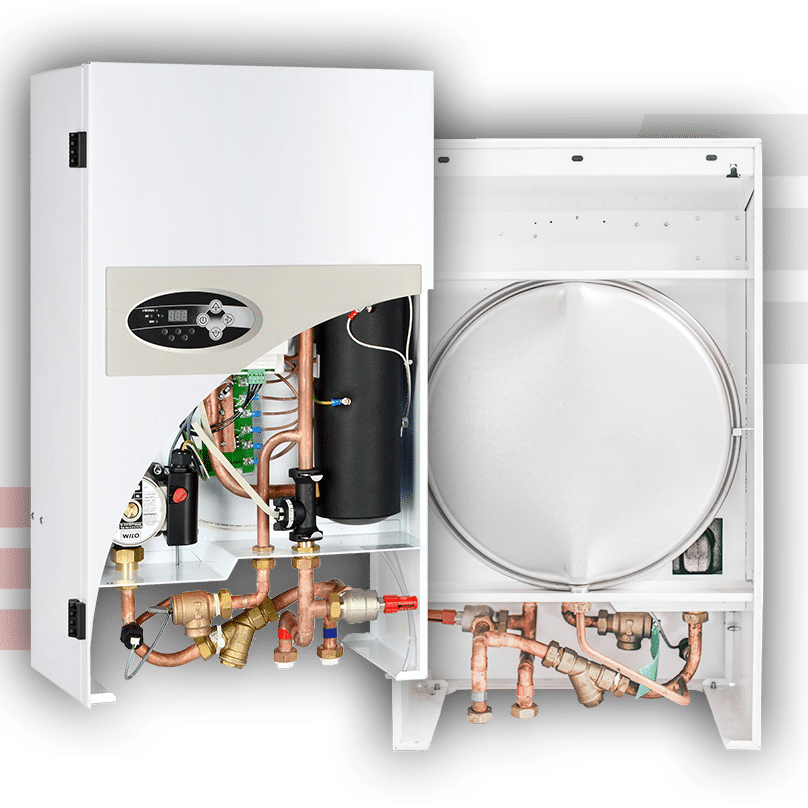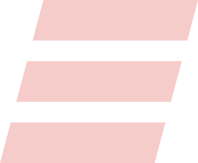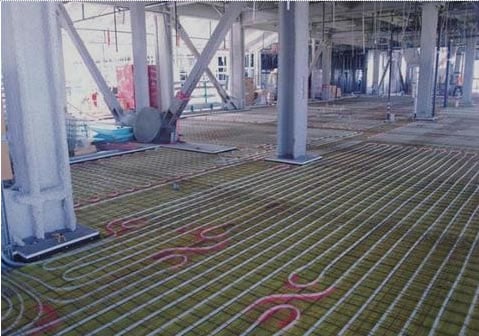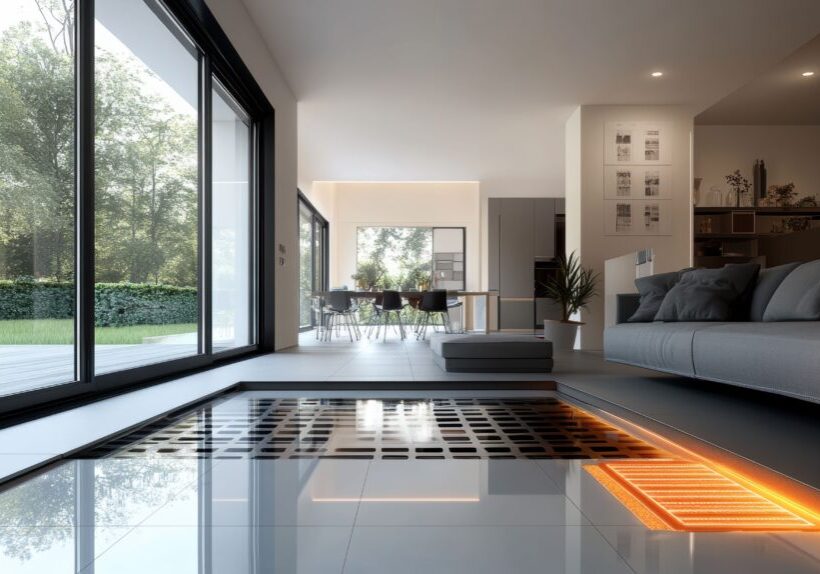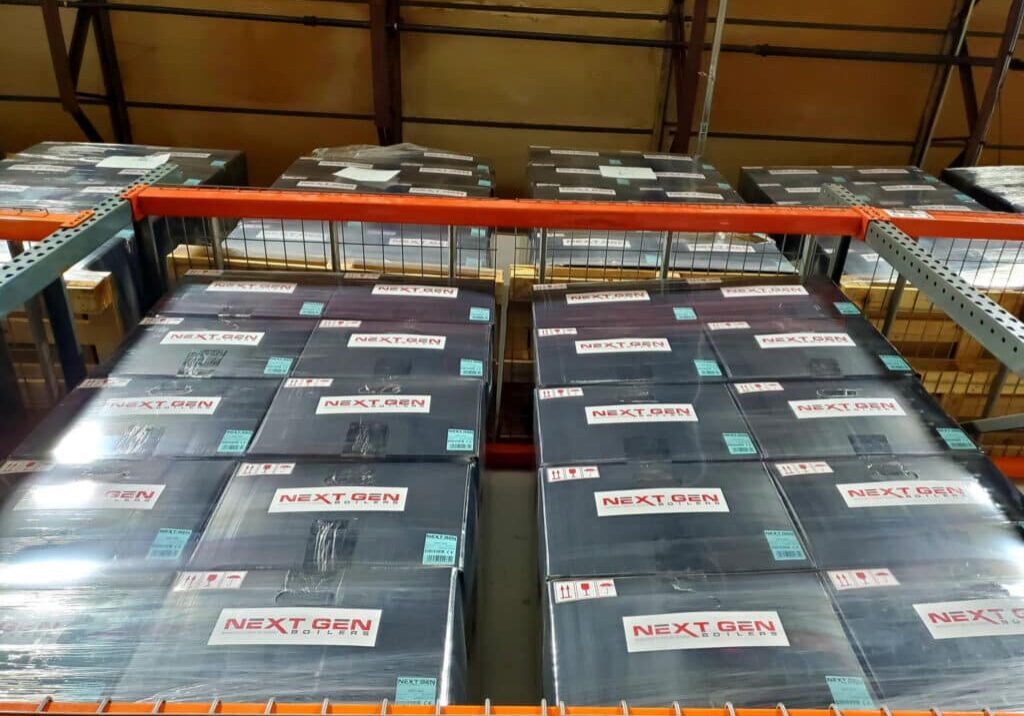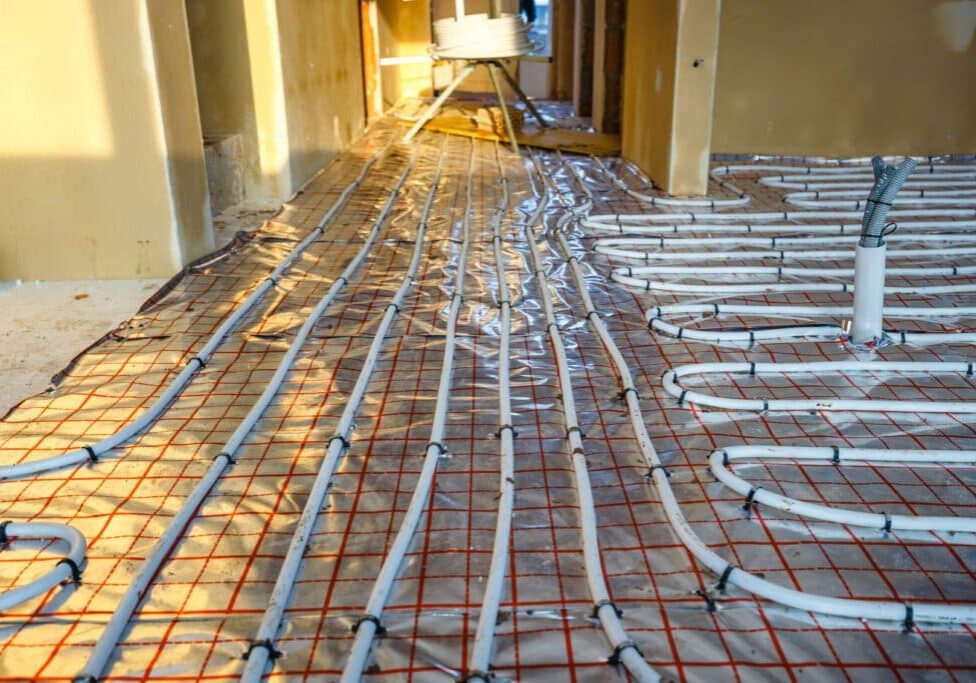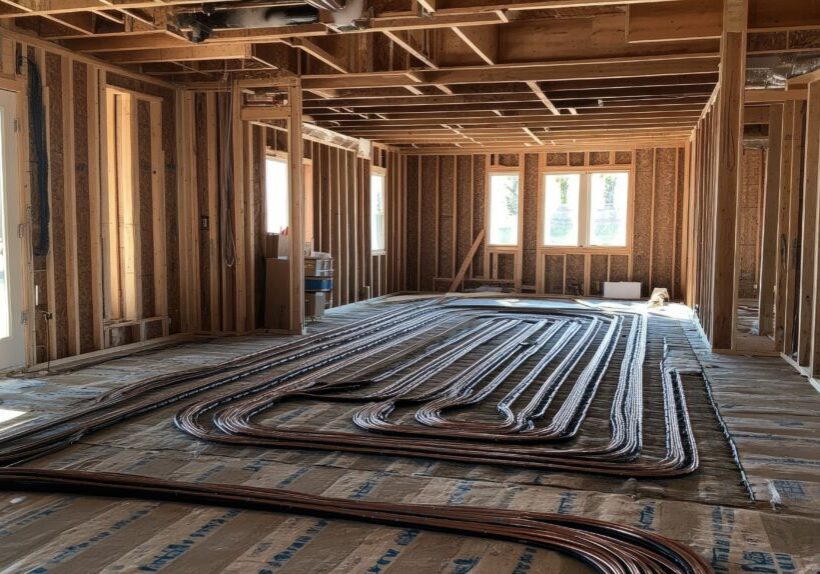Do your boilers replace fossil fuel boiler?
Yes, in most in-floor hydronic applications the NextGen Boiler is a perfect alternative. The existing NextGen models are not designed for baseboard but that will be changing.
What testing certification does the NextGen Boiler hold?
The boiler is certified with Underwriters Laboratories (UL) and is compliant with USA and Canadian standards and safety designated as UL 834. The certificate number is 20140929-E347788 and was issued on September 29, 2014.
Is the NextGen Boiler ASME certified?
No, the boiler was not required by Underwriters Laboratories to be certified with ASME due to the maximum temperature limitations of 140°F.
Where are the products warehoused?
The NextGen Boiler and parts are warehoused and shipped out of Schaumburg, Illinois located approximately 30 minutes west of ORD Airport.
Can I replace defective parts with similar product types?
No, installing any other replacement parts other than original will compromise the warranty of the boiler and will result in non-compliance with UL requirements.
How does electric heating compare to heating with natural gas or liquid propane (LP) boiler?
Using electricity for heating can be very price competitive compared to heating with liquid propane (LP). Off Peak electric rates or time of use rates (TOU) offered by electric utilities can provide substantial savings over boilers heated with propane and be competitive with natural gas. The installation costs for natural gas or propane boilers are much higher than the total installation costs of electric boilers. This is due to the higher purchase prices of gas boilers and the extra costs that are incurred for safety venting. Compare total installation costs before making a final purchasing decision.
How do I size the boilers for the building?
It is highly encouraged to perform a calculated heatloss to determine the NextGen Boiler model needed to provide heating for the application.
How many BTU’s are there in a one kW of electricity?
There are 3,413 BTUs in one kW of electric power. For example the NextGen -12 has an output of 12kW. Take this 12 kW and multiply by 3,413 = 40,956 BTU capability.
Are the NextGen Boilers available in higher BTU sizes?
Presently the NextGen Boilers are available in the following sizes; 4kW, 6kW, 8kW, 12kW and 14.4kW. However there will be additional model sizes added in the future to accommodate larger applications.
What are the high limit trip points?
The auto reset high limit has a trip point of 160°F. The manual reset high limit has a set point of 200°F.
What are the temperature capabilities of the NextGen Boiler?
The boiler can be operated on application requiring water temperatures between 85°F to 140°F.
What is the heat exchanger made of?
The heat exchanger is made of stainless steel (304 type).
What is the total capacity of the NextGen Boiler? How about the heat exchanger?
The total capacity is 1.06 gallons whereas the heat exchanger is .5 gallon capacity.
Is Propylene Glycol acceptable to use?
Yes, keep in mind that the viscosity of the freeze protection fluid can result in lower BTU output and also can change the flow characteristics of the circulator pump. Do not use more than 50% ratio of propylene glycol.
Will the primary circulator pump be suitable for all radiant applications or designs?
The pump is not a one size fits all. Each designer should take into account the Disposable/Available Pump Head curve found on page 4 of the NextGen Boiler installation manual. Failure to comply with this curve may result in problems with heating the application properly. Depending on how the system is designed, the primary pump can handle most applications where a 20 Delta T is used. Note that the 14.4 kW model likely will require a secondary pump when installed with hydraulic separator or closely spaced tees.
Does the boiler have a post/purge operation?
Yes, the post purge sequence is programmed for 20 second pump operation after the thermostat temperature has been satisfied and opens the TT call for heat on the boiler.
What happens to the boiler upon a power outage?
The boiler will resume normal operation once 240 VAC power is restored. The control panel will continue to hold the memory of the pre-programmed set points set by the user.
Does the staged rotation of the heating elements take place when the number of active heating elements is programmed to reduce to only two active heating elements?
Yes, the software in the control panel will continue to power the active heating elements in a staged rotation sequence as programmed in the Advanced Settings. This will allow equal wearing of the element regardless of how many elements are active.
Are there temperature parameters that prevent the boiler to operate during warm weather?
Yes. This is commonly referred to as warm weather shutdown. The programmable temperatures are anywhere between 30°F to 70°F and can be programmed in the “Advanced Settings” on the control panel.
What is the default temperature on a new boiler?
The default supply water temperature is preset 120°F. However this value can be adjusted as needed to meet the radiant design.
What is the preset outdoor curve?
The software indicates that the boiler will follow the HC5 curve when the outdoor sensor is wired to the unit. There are 9 outdoor curves to program the boiler when the outdoor sensor is installed.
Does the boiler have a low water cut off?
No, but the boiler operates in much the same way as low water cut off. The boiler has a pressure sensor installed. It will not operate when the pressure level falls below 7 psi. This will protect the heating elements from being dry fired which can lead to failure. However there are other safeguards in place to prevent element failure. Some municipalities require a low water cut off at the highest point in the radiant system. Consult with local authorities if this is a requirement in your market.
What is the pre-charged pressure value with the expansion tank?
The expansion tank is located behind the boiler and is pre-charged to a value of 14 psi. To check or adjust pressure, there is a Schrader valve located behind the lower portion of the wall plate that separates the internal components from the expansion tank. It is located just in front of the inlet pipe connection to the expansion tank.
Is the boilers expansion tank a bladder or diagram type?
The flat expansion tank is a diagram type and runs vertically from seam to seam internally in the expansion tank.
What is the acceptance factor of the expansion tank?
